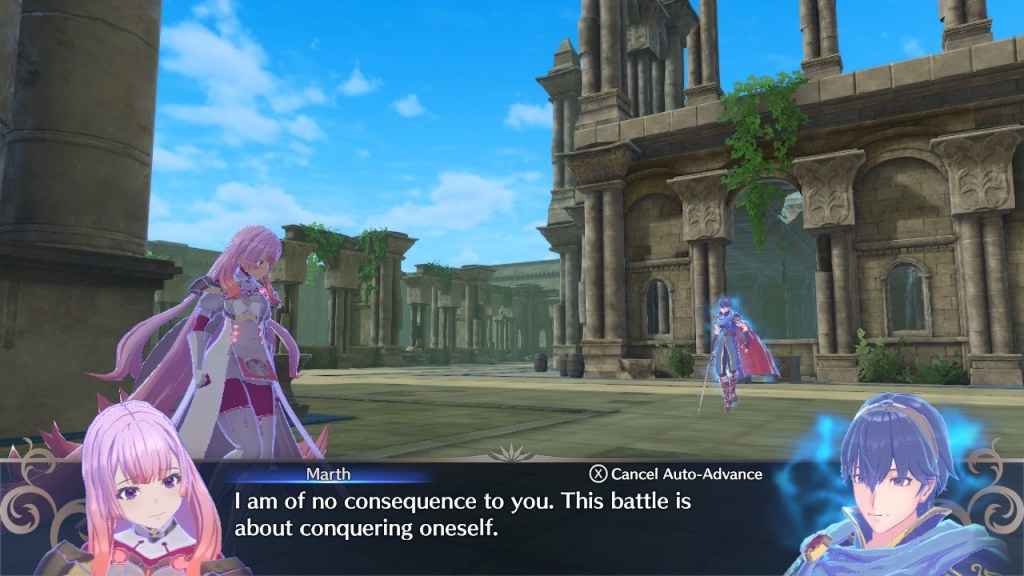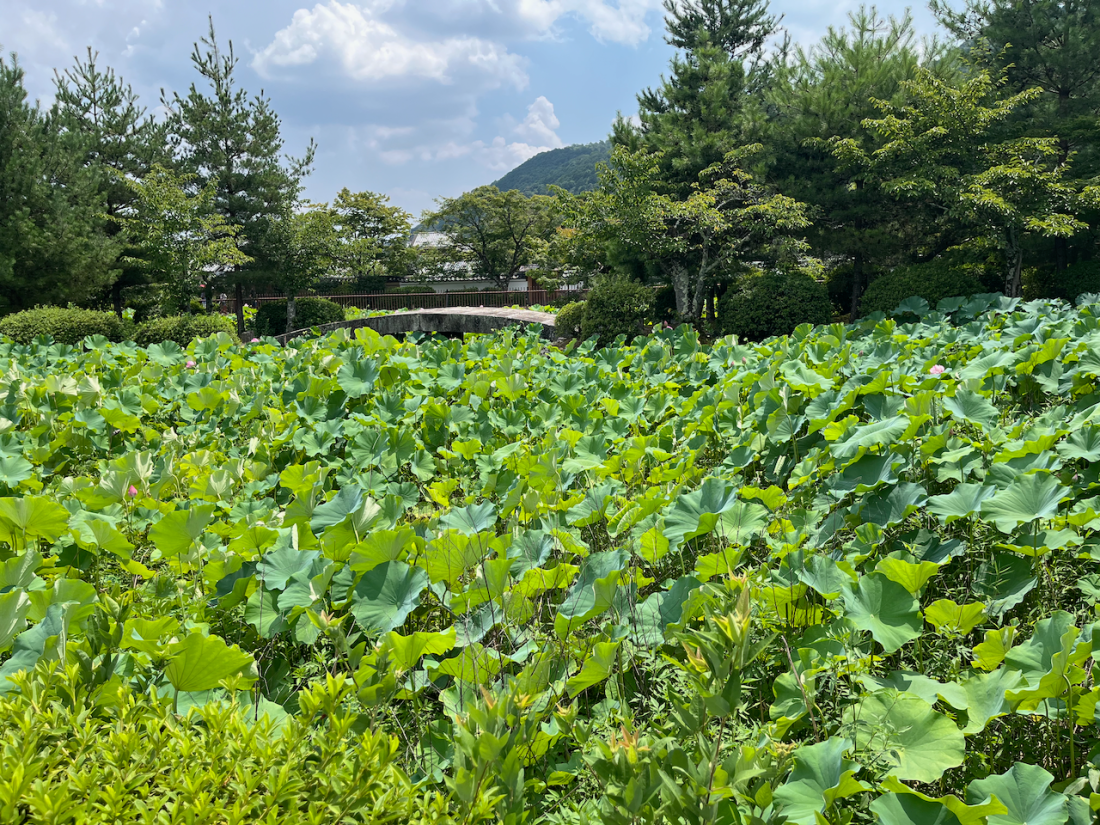In the past, I’ve written about a certain obscure holiday in Japanese culture called Nanakusa (七草, “seven herbs”)1, which takes place every January 7th, just after the New Year.
While reading about the Diary of Lady Murasaki (discussed on my other blog) I discovered that there is a parallel Nanakusa tradition in Autumn as well. There is no designated holiday, but since antiquity, these flowers and herbs were prized during the season of Autumn.
| Old Japanese Name | Modern Name | English | Scientific Name |
|---|---|---|---|
| 女郎花 (おみなえし) ominaeshi | オミナエシ ominaeshi | Golden Lace | Patrinia scabiosifolia |
| 尾花 (おばな) obana | ススキ susuki | Chinese Silver Grass | Miscanthus sinensis |
| 桔梗 (ききょう) kikyou | キキョウ kikyou | Balloon Flower | Platycodon grandiflorus |
| 撫子 (なでしこ) nadeshiko | カワラナデシコ kawaranadeshiko | Fringed Pink | Dianthus superbus |
| 藤袴 (ふじばかま) fujibakama | フジバカマ fujibakama | – | Eupatorium fortunei |
| 葛 (くず) kuzu | クズ kuzu | Kudzu | Pueraria lobata |
| 萩 (はぎ) hagi | ハギ hagi | Japanese bush clover | Lespedeza |
This page shows some really nice visuals of each flower.
Some of these plants aren’t necessarily well-known today, but even as a foreigner, I recoginize a few of them. Susuki grass (a.k.a. Chinese silver grass) is an important part of Otsukimi, and Nadeshiko flowers are frequently used as a symbol of femininity in Japan. The national soccer/football team is named Nadeshiko Japan in fact. Hagi is used in Ohagi treats as well.
Regarding the reference in Lady Murasaki’s diary near the beginning is written the following text:
I look out from my room at the head of the corridor into the light morning mist. Dew is still on the ground, but His Excellency [Fujiwara no Michinaga, her benefactor] is already out in the garden ordering his attends to clear the stream of some obstruction. Plucking a sprig from a large cluster of maiden-flowers that blooms there on the south side of the bridge, he peers in over the top of the curtain frame…
Translation by Dr Richard Bowring
The “maiden flowers” according to the Japanese text are ominaeshi (golden lace) flowers. So, even in the 11th century, a thousand years ago, these flowers were prized among the aristocracy of Japan. Immediately after, Michinaga challenges her to compose a poem about the ominaeshi he plucked (a common practice back then), and she composes the following:
| Japanese | Romanization | Translation |
|---|---|---|
| 女郎花 | Ominaeshi | Now I see the |
| さかりの色を | Sakari no iro wo | color of this maiden-flower |
| 見るからに | Miru kara ni | in bloom, |
| 露のわきける | Tsuyu no wakikeru | I know how much the dew |
| 身こそ知らるれ | Mikoso shirarure | discriminates against me. |
Michinaga is impressed by her quick wit (it’s basically why he hired her as a handmaiden to his daughter), he responds with:
| Japanese | Romanization | Translation |
|---|---|---|
| 白露は | Shiratsuyu wa | It is not the dew |
| わきてもおかじ | Wakitemo okaji | that chooses where |
| 女郎花 | Ominaeshi | to fall; |
| こころからにや | Kokoro kara ni ya | does not the flower choose |
| 色の染むらむ | Iro no somu ran | the color it desires? |
Such a poetic exchange for a single flower.
In fact, the Autumn list of flowers dates much further back than the 11th century. Take a look at these two poems from the Manyoshu anthology, poem 1537:
| Original Manyogana2 | Modern Japanese | Romanization | Rough Translation |
|---|---|---|---|
| 秋野尓 | 秋の野に | Aki no no ni | In the autumn fields |
| 咲有花乎 | 咲きたる花を | Sakitaru hana wo | if you count the |
| 指折 | 指折り | Oyobi-ori | blossoming flowers |
| 可伎數者 | かき数ふれば | Kakikazo fureba | on your fingers: |
| 七種花 | 七種の花 | Nanakusa no hana | the flowers of Nanakusa |
and poem 1538:
| Original Manyogana | Modern Japanese | Romanization | Rough Translation |
|---|---|---|---|
| 芽之花 | 萩の花 | Hagi no hana | Hagi flowers |
| 乎花葛花 | 尾花葛花 | Obana kuzu hana | Obana, kudzu flowers |
| 瞿麦之花 | なでしこの花 | Nadeshiko no hana | Nadeshiko flowers |
| 姫部志 | をみなへし | Ominaeshi | Ominaeshi, |
| 又藤袴 | また藤袴 | Mata fujihakama | and Fuji-hakama |
| 朝皃之花 | 朝顔の花 | Asagao no hana | Asagao flowers3 |
… as you can see, these two poems are linked. It’s interesting that even as far back as the 7th century, these seven flowers were celebrated in poetry, and this tradition still persists in Japan today, the 21st.
Wishing you all a happy Nanakusa!
1 Not to be confused with the Colonel’s “eleven herbs and spices”. 😉 I have enjoyed Kentucky Fried Chicken in Japan, and we try to try to enjoy it for Christmas every year even in the US, per Japanese tradition.
2 Manyogana was an early Japanese script that used Chinese characters in a very phonetic way. This was eventually replaced by the simpler, short-hand form called hiragana. Only very early works of Japanese are recorded in Manyogana, but that does include the Manyoshu anthology.
3 A couple quick notes from the referenced website: the name Fujihakama has gradually changed pronunciation to Fujibakama. Also, apparently the Asagao flower referenced in the Manyoshu isn’t the same as the modern Asagao “morning glory” flower. It’s not clear what flower this referred to at the time. Finally, this flower isn’t the same as the kikyou flower that is now part of the seven flowers of Autumn Nanakusa.













You must be logged in to post a comment.